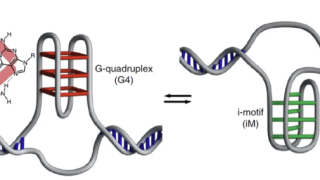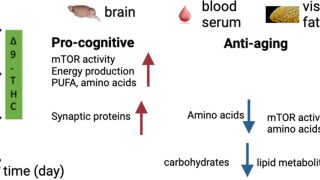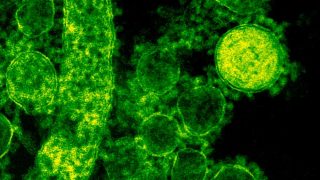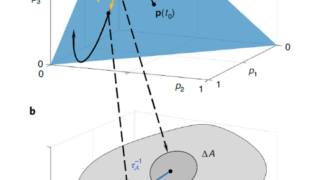
A hunger peptide prevents weight loss in anorexic mice
Eating disorders such as anorexia nervosa affect up to 70 million people worldwide. In particular, despite its prevalence and long-term duration, there are no effective pharmacological treatments for anorexia. This may change in the future if recent results in mice transfer appropriately to humans, as a “hunger” peptide appears to revert weight loss in mice […]








